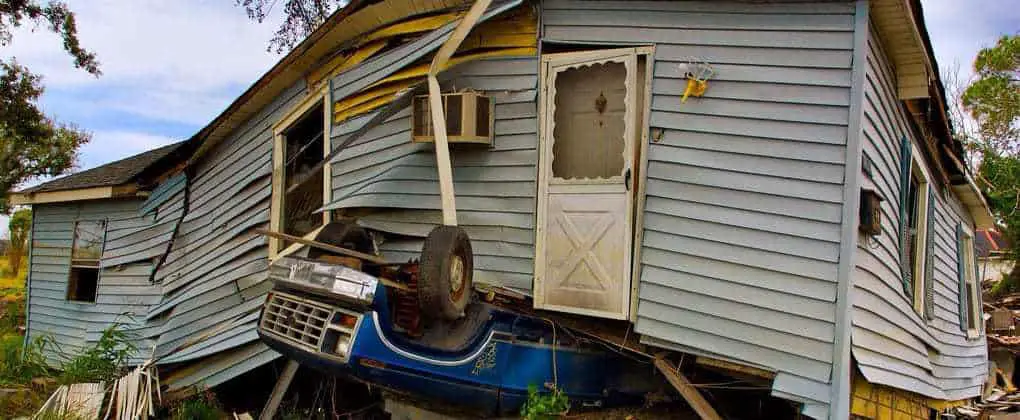According to AccuWeather, 2018 was one of the least active years on record for tornadoes in the U.S. We saw approximately 991 tornadoes, which was well below the average of 1,287. During a time when the country was ravaged by wildfires and hurricanes, tornado activity was on the low end of the spectrum, likely due to a relatively calm spring season. However, despite these numbers being below average, a lot of people, property, and livestock, were affected by these violent forces of nature.
If you live in Tornado Alley, which encompasses the southern plains of the central United States, it’s good practice to have a heightened awareness of these events. Despite the random and often unpredictable nature of tornadoes, there are a few things we can do to prepare for such an occasion. These can include:
- Monitoring local and national weather
- Knowing the difference in watches and warnings (Remember, a tornado watch means conditions are favorable or a tornado is possible and a tornado warning means a tornado imminent or is already occurring.)
- Having an approved NOAA Weather Radio
- Preparing a well-stocked emergency kit
- Identifying the most protected space in your home to shelter in one of these events
If you don’t have space specifically constructed to use for shelter during a tornado, you should locate a small, windowless, interior room. Once you’ve identified a space to use, you and your family should practice using this space ahead of a tornado threat. It’s like anything else you train for, you shouldn’t do it the first time for all the marbles. Have a plan and make sure everyone knows what to do and when they should do it.

Tornado kit checklist
With that in mind, the focus of this article will be the idea behind and the contents of an emergency weather kit or tornado kit. Due to the vast differences between tornadoes, hurricanes, and wildfires, we are going to specifically focus on tornadoes. However, a lot of these items overlap in terms of the value they could provide in each of these situations.
Once you have assembled your kit, it should be stored in the same space you will be seeking shelter. The contents will not help you if they are in store in another area of your house, which has been ripped apart by the storm.
- Water (1 gallon per person in small consumer size bottles)
- Snacks (1 day supply per person)
- Special supplies (infants, elderly, disabled, etc.)
- Hand crank weather radio to be able to listen to the news, weather updates, and emergency broadcasts
- First aid kit – Be sure to have supplies for major trauma (severe blood loss, etc.) and make sure you have the proper training to use them
- Flashlight with extra batteries
- Headlamp
- N-95 masks for each person (to avoid breathing contaminants in the air)
- Gloves (thick leather gloves for removing debris, sharp objects, etc.)
- Fire extinguisher (in case a fire breaks out)
- Emergency blankets
- Ponchos/contractor trash bags (to help keep you dry)
- Gas shutoff/channel lock pliers (if your home is demolished and there is a gas leak, you won’t be able to find your usual storage place for these)
- Pet food, water, bowl
- Leash (for any animals you have)
- Extra car key (to be able to get into your vehicle if your usual key is lost or destroyed)
- Extra house key
- Toilet paper
- Hand sanitizer
- Whistle or another audible device for signaling (if you need to be rescued)
- Clothes and shoes for each person (to be able to walk on broken glass and other debris)
- Cash (especially if electricity is lost in your region, so you can purchase food, shelter, gas)
- Local maps if needed (if cell phone service is lost)
- Books and/or games to pass the time if needed
Keep in mind, it’s a personal opinion in regards to whether or not you pack a kit like the one above. Base your decision on your own research, experience with severe weather, and from others who have been hit by a tornado while in their home or place of employment. I took all those factors into consideration when preparing my tornado kit with the contents above.
Use this list as a basis or starting point. It will hopefully get you thinking about what you may need if you ever find yourself in this situation. Also, let me know what additional items you keep in your kit and how you store them.

